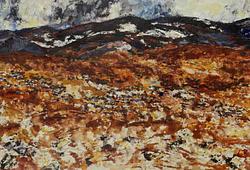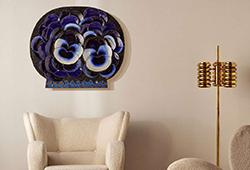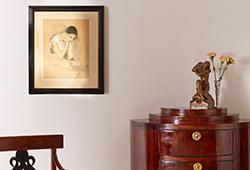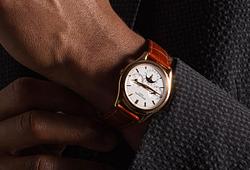A turquoise glazed vessel supported by a group of boys, Qing dynasty, Kangxi (1662-1722).
The vessel is supported by three applied figures of boys, each portrayed with a round, cherubic face below hair tied into twin-knots. The piece is glazed in a turquoise glaze. Height 8.5 cm.
Wear, crazing.
Näyttelyt
Compare; lot 306, Sothebys, november 28-29, 1994. For another bowl of this type glazed in both turquoise and aubergine.
Kirjallisuus
Vases decorated with boys, such as the current example, were used by the Qianlong Emperor as gifts and tributes for officials and gentry. This is reflected in the Qing court records in the 4th and 7th months of the 20th year of the Qianlong reign (in accordance with 1755). These records reveal that the Emperor decreed that, under the supervision of Tang Ying, 50 vases decorated with three or five boys were to be produced so as to be sent to Jehol and gifted to people (The First Historical Archives of China, the Chinese University of Hong Kong, eds, Qinggong neiwufu zaobanchu dang'an zonghui [General collection of archival records from the Qing imperial household department workshop], Beijing, 2005, vol. 21, pp. 470-471).













































